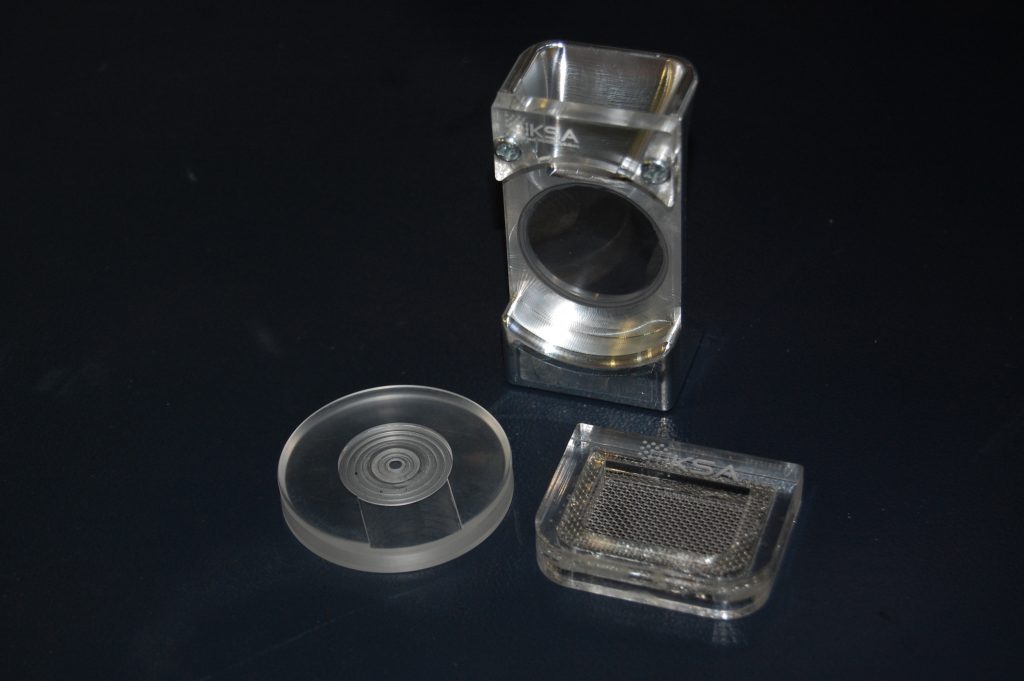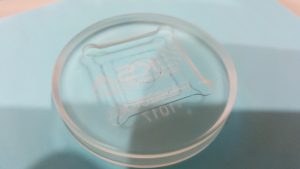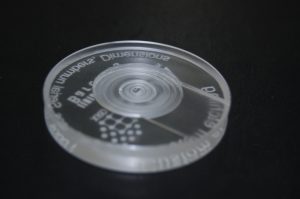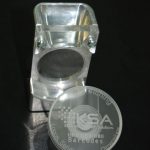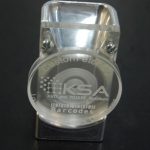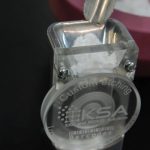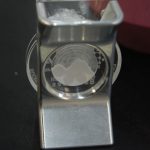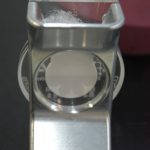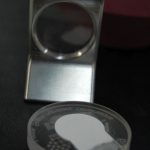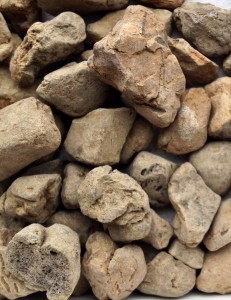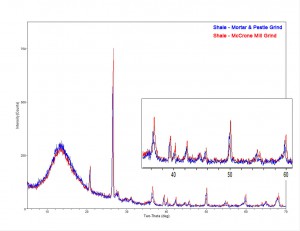XRD sample prep is like a box of chocolates. You never know what you’re going to get… So many materials are fluffy or sticky that even after fine grinding, it’s common to have some clumps that just don’t want to break up. This became a problem for one of our clients using our side-loading tool so they added a piece of mesh to the mouth of the funnel. Their next order included a request for some type of removable solution for this so we mounted some coarse mesh in an acrylic frame that sits nicely on top of the funnel and makes it very easy to sift through sample material as it’s being loaded. We love these so they’ll be an option on all future orders!

